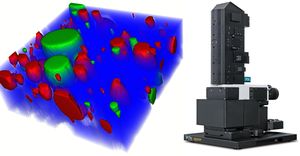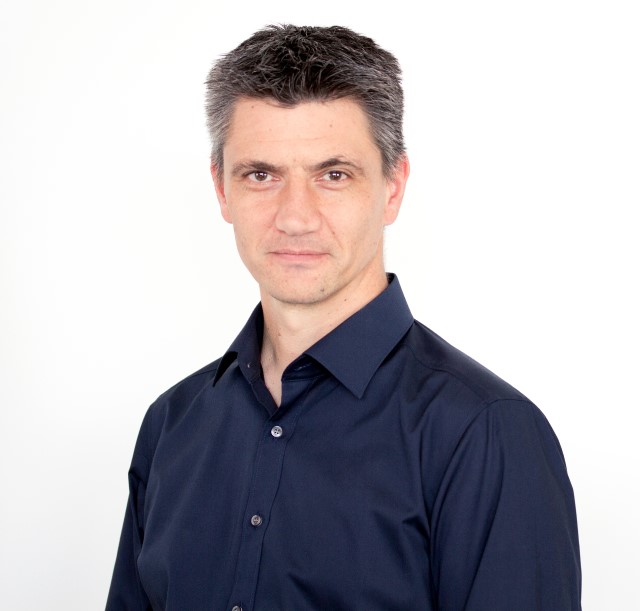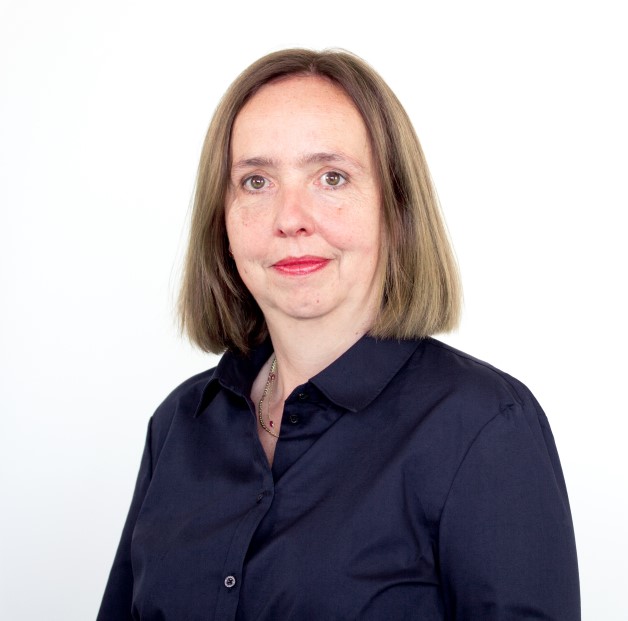About This Webinar
Confocal Raman imaging is a powerful, versatile, and increasingly common microscopy technique capable of quickly identifying the molecules in a sample and visualizing their physical distribution three-dimensionally. This nondestructive and label-free chemical characterization method has enormous potential for researchers in many fields of application. Using fully automated Raman microscope designs, the full benefits of high-resolution 3D chemical imaging are available at the click of a mouse, to researchers of all experience levels.
Dieing and Schmidt introduce the principles of 3D Raman imaging and show in detail how to access chemical imaging at the highest spatial resolution.
Comprehensive analyses of samples often require a combination of techniques. Structural information on a sample's surface can be obtained by atomic force microscopy (AFM) or scanning electron microscopy (SEM). Raman imaging can reveal the sample’s chemical composition, and by combining AFM and SEM, structural and chemical information can be easily acquired from the same sample position. The presenters describe these approaches and illustrate the power of correlative Raman-AFM and Raman-SEM imaging for analysis in the contexts of 2D materials research, food and pharmaceutical sciences, geosciences, battery research, and the life sciences.
Key Learning Objectives
During this webinar, the speakers present:

- An explanation of Raman microscopy, along with an introduction of its operational principles and hardware considerations.
- Possibilities and new tools for Raman investigations and particle analyses, including several application examples from various fields.
- The reasons correlative microscopy can provide a more complete understanding of a sample than single techniques in isolation can.
***This presentation premiered during the 2021
Photonics Spectra Conference Spectroscopy track. For information on upcoming Photonics Media events,
see our event calendar here.
About Thomas Dieing

Thomas Dieing, Ph.D., is technical product manager for the WITec alpha300 product line and its accessories. He obtained his doctorate from La Trobe University in Melbourne, Australia, in 2005, investigating the MBE growth of nitrogen-containing III/V semiconductors. In 2006, he joined WITec's application team and became director of applications and support. In his role as product manager since 2019, Dieing is responsible for all activities related to the product development process.
About Ute Schmidt

Ute Schmidt, Ph.D., studied physics at the Babes Bolyai University in Cluj-Napoca, Romania, and obtained her doctorate from the University of Karlsruhe in Germany. Through her work with in situ scanning tunneling microscopy (STM) in an electrochemical environment she was introduced to scanning probe microscopy. During her postdoctoral scholar positions at Karlsruhe and North Carolina State University in Raleigh, N.C., she continued to work with metal deposition on various substrates using STM and atomic force microscopy. Schmidt also worked for six years as a project manager at Molecular Imaging Corp. in Phoenix. She has been an applications manager at WITec since 2003.
About the sponsor
Since its founding in 1997, the Raman imaging company
WITec has established itself as a market leader in the fields of Raman microscopy and correlative Raman-AFM, Raman-SNOM, and Raman-SEM (RISE) microscopy. WITec’s innovative spirit has kept the alpha300 microscope series at the forefront of the Raman imaging market since it initially revolutionized the field and established Fast Raman Imaging™ as a standard technique. Ongoing development of the first truly confocal Raman imaging system continues to enable the setting of benchmarks in sensitivity, speed, and spectral and spatial resolution. As reflected in WITec’s maxim "Focus Innovations," our success is based on continually introducing new technologies and a commitment to maintaining customer satisfaction through high-quality, flexible, and innovative products.